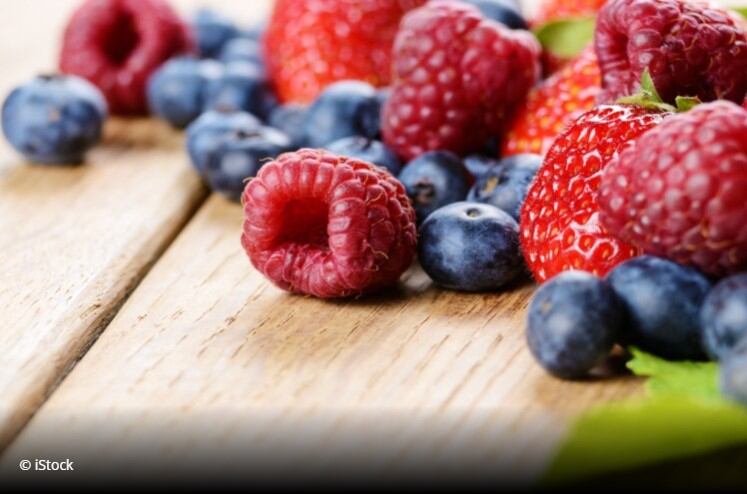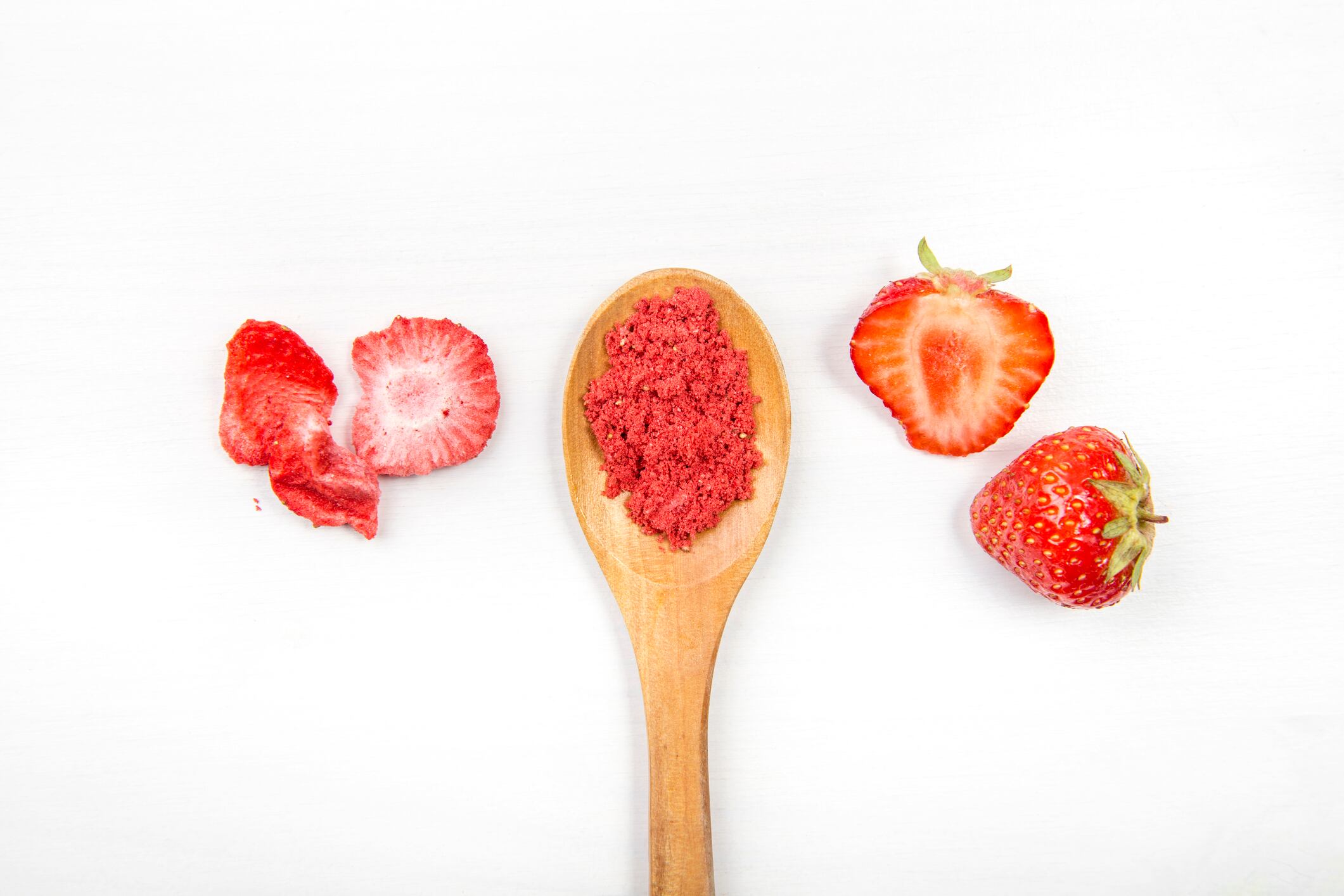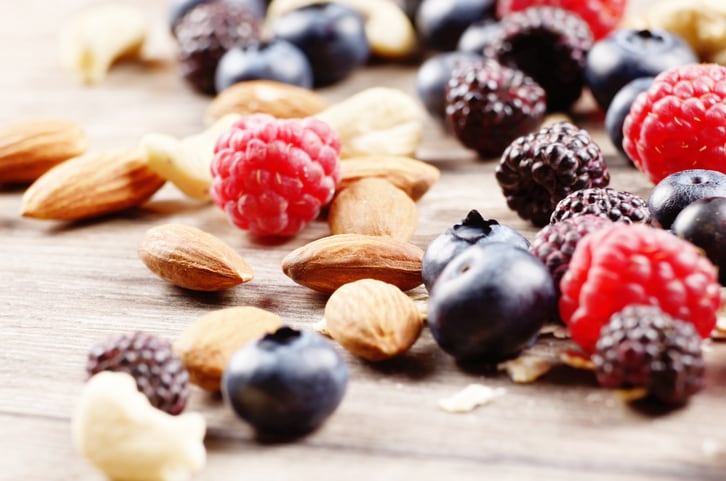The team suggests the intervention may be responsible for a more pronounced reduction in time to finish a neurocognitive test known as the Tower of London (TOL) when compared to other study groups.
“One should take into consideration that flavanols and anthocyanins not only directly affect neurons but that the consumption of foods rich in flavonoids improves the glucoregulatory control via improved insulin sensitivity and cerebral blood flow by increasing the bioavailability of nitric oxide resulting in improved cognitive performance,” the researchers conclude.
The study enrolled 60 volunteers between the ages of 50 and 75 years old, who were randomly assigned to consume either a mixture of red berries, cocoa powder, or a mixture of cocoa and red berries.
The cocoa powder contained 7000 milligrams (mg) of flavanols, 2500 mg of theobromine, and 100 mg of caffeine in 100 g of cocoa powder, providing 200 mg of flavanols per day (flavanol richness, less than 6%).
The red berry mixture was a combination of pure dried red (33.3%) and blackcurrants (33.3%), raspberries (16.7%) and blueberries (16.7%), which provided a daily intake of anthocyanins of 100 mg (flavanols richness = 1%).
In both products, the method of use was to dissolve 1 tablespoon per day in water, vegetable milk, juice, yoghurt or cereals with breakfast.
BDNF and NGF biomarkers
The team also monitored levels of sera neurotrophic factors like brain-derived neurotrophic factor (BDNF) and nerve growth factor receptor (NGF) receptor as two biomarkers of cognitive health.
These proteins play a vital role in synaptic and neuronal growth, pruning, myelination, differentiation, and survival of neurons.
Finally, the team noted outcomes in the Verbal Learning Test, the Spatial Recall Test, the Wechsler Adult Intelligence Scale 3 and 4, the STROOP Task, and the TOL Test.
Findings revealed all groups that received an intervention, demonstrated a significant reduction in the time needed to start and finish the TOL test, with the most pronounced in the group consuming both cocoa and red berries.
The researchers from the Institute of Science and Technology of Food and Nutrition (ICTAN) in Madrid, also reported no significant changes in BDNF or NGF-R.
Further findings by the team found a negative correlation between BDNF and the number of movements required to finish the TOL test in women.
“This result confirms that higher levels of BDNF are associated with a better performance of the volunteers in this task, requiring less movements to finish the TOL,” the study notes.
“Moreover, we observed a better performance in this same test, with less time to start and finish the task after the intervention, more evident in the case of the combination of cocoa flavanols and red berry anthocyanins.”
Mechanisms of action
Referencing past studies on flavanols and anthocyanin influence on brain health, the team put forward mechanisms for the neuroprotective effect that includes increases in protective signalling and decreases in oxidative/inflammatory stress signalling.
Other mechanisms include neurohormetic effects leading to the expression of genes that encode antioxidant enzymes, phase-2 enzymes, neurotrophic factors and cytoprotective proteins.
Focusing on their benefits on memory, the exact mechanisms by which flavonoids affect brain biochemistry are not precisely known, the study adds.
“It is speculated that they act as a promoter of new protein synthesis in neurons and thus induce morphological changes which have a direct influence on memory acquisition and consolidation.
“Future work should focus on the metabolic and cerebrovascular markers that might explain our present results with cocoa flavanols and red-berry anthocyanins,” the team concludes.
“However, it should be noted that our study had two important limitations in that the number of subjects was slightly low considering that it was a parallel study and that there was no control group included.”
Source: Nutrients
Published online: doi.org/10.3390/nu14010001
“Neurocognitive Effects of Cocoa and Red-Berries Consumption in Healthy Adults.”
Authors: Joaquín García-Cordero et al.




